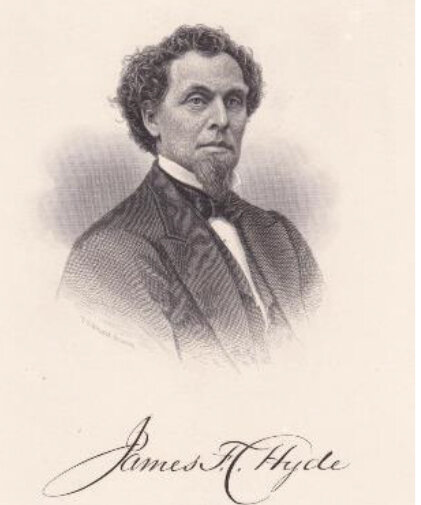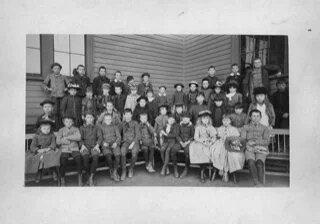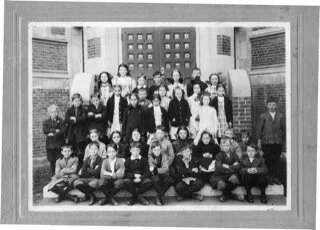Hyde History
The Hyde School and Community Center – at the heart of Newton Highlands since 1895.
Newton transitioned from being a town to incorporating as a city in 1873, with James Francis Clark Hyde (1825-1898) as the first mayor. An all-around community leader, Hyde served for many years as a selectman, a member of the school committee, a trial judge, and a Justice of the Peace.
While his main professional interests were in banking and insurance, Hyde was also intrigued by botany. He was devoted to the nursery his father James had planted, and chaired the fruit committee of the state Horticultural Society.
In 1857, Hyde had published the definitive work on growing, harvesting and distilling sorghum, a gluten-free grain. Abolitionists and free state farmers turned to cultivate this crop as an alternative sugar source, as well as an ingredient in whiskey.
The Newton Highlands Station on the Circuit Railway opened in 1886, with encouragement from Mr. Hyde among others. Lots laid out in the 1870s were built up as construction ramped up into the 1890s. Houses in Queen Anne, Stick Style and Colonial Revival designs were erected on Lincoln Street and nearby. Many heads of the household commuted into Boston; others worked at factories or mills in Newton Upper Falls.
To meet the needs of a rapidly growing population, the Hyde School was opened at 68 Lincoln in 1895, named to honor James F. C. Hyde. In a distinctive Romanesque style, designed by renowned architects Hartwell & Richardson, the building is noted for the bold patterns in red and buff bricks on the front façade.
Following a fire in April 1981, major renovations were needed to convert the old school to a new use. Since then, families and residents have been welcomed to apartments by the Newton Housing Authority.
The Hyde School Annex was added at 82 Lincoln in 1907 to provide space for technical courses. It was designed by architects Coolidge & Carson in a neo-classical style, and served as a school until 1984.
The gymnasium was added in 1967. Now serving as the Hyde Community Center, the facility continues to welcome neighbors for recreation, education, advancing good causes and building friendships.





